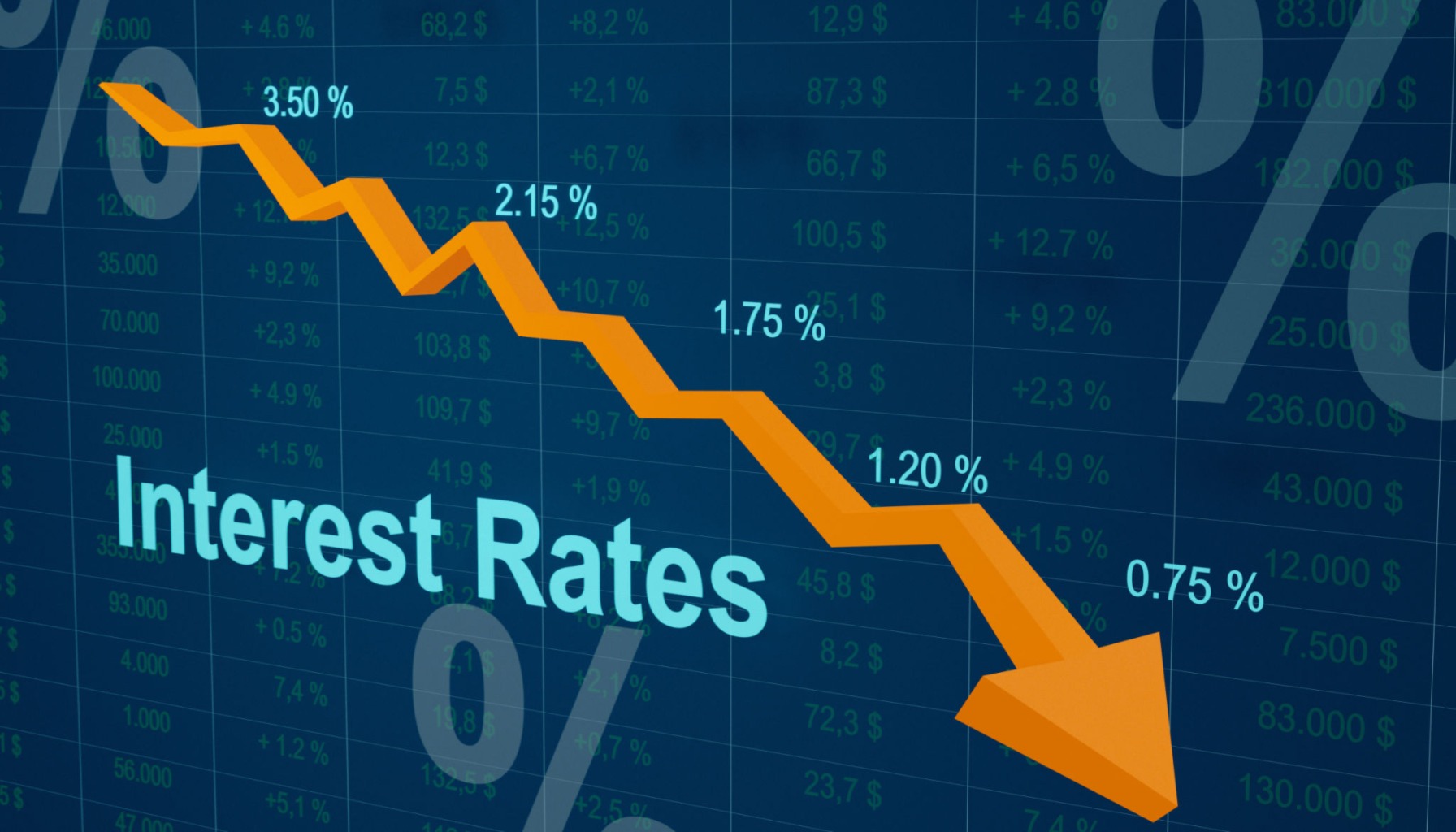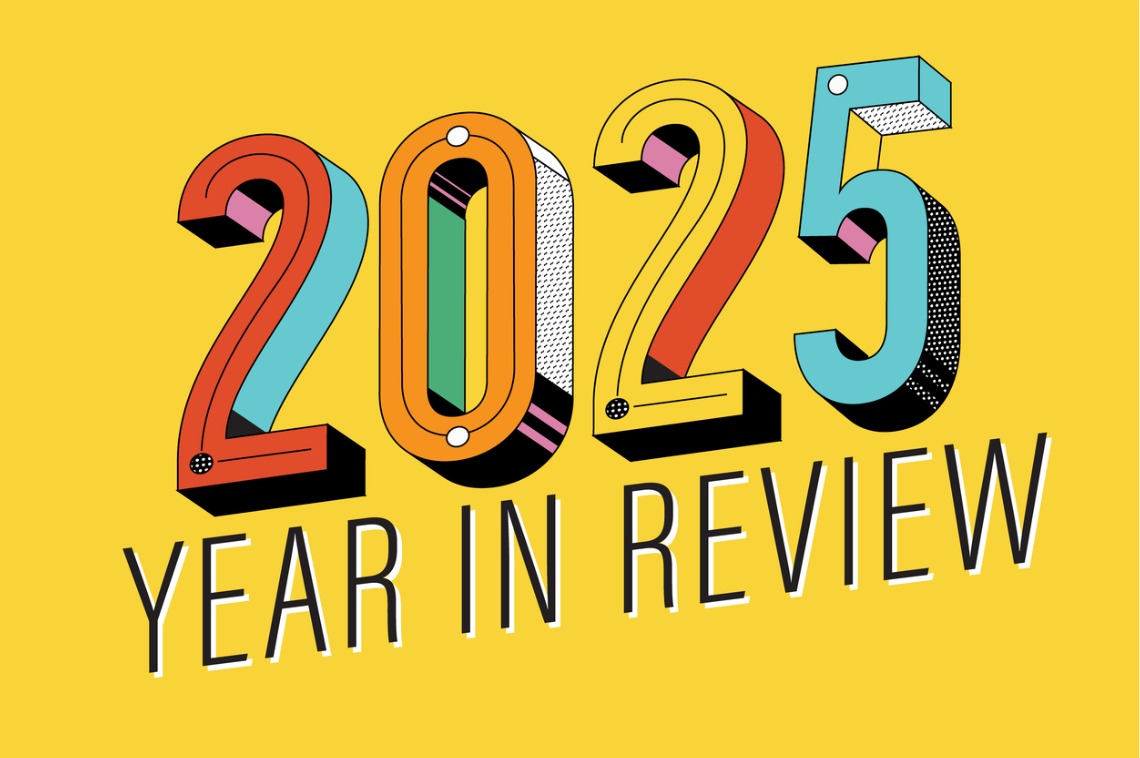T
he Federal Reserve is widely expected to trim its policy rate by a quarter‑point (0.25 %) at the September 17‑18, 2025 meeting, lowering the target range to 4.00‑4.25 %. While a larger cut is not ruled out, most indicators suggest a cautious approach as the economy balances slowing employment growth against persistent inflation.
**Economic backdrop**
The latest Bureau of Labor Statistics data show a 2.9 % year‑over‑year rise in the Consumer Price Index (CPI) for the 12 months ending August 2025, driven partly by a 0.4 % monthly increase in housing costs and a 0.5 % rise in food prices. Core inflation, excluding food and energy, remains at 3.1 % YoY. Employment, however, is cooling: the unemployment rate climbed to 4.3 % in August, and new jobs added that month were only 22,000—well below expectations. Revised figures now indicate that the economy added roughly 911,000 fewer jobs in 2024 and early 2025 than previously thought, underscoring weaker job growth. Fed Chair Jerome Powell has emphasized that policy decisions hinge on the most recent data, highlighting concerns about the labor market.
**Market expectations**
Financial‑contract traders are almost certain a rate cut is imminent. The CME FedWatch Tool shows a 100 % probability of a reduction this week, with about 92 % of that probability favoring a 25‑basis‑point cut. This sentiment surged after the disappointing August jobs report. A Reuters survey of 107 economists in early September found that 105 predicted a 25‑basis‑point cut, and many foresee at least one more cut before year‑end, with total reductions ranging from 50 to 75 basis points. Major banks, including J.P. Morgan, also call for additional quarter‑point cuts following the upcoming meeting.
**Historical context**
From 2022 through 2023, the Fed aggressively raised rates from near zero to over 5 % to tame post‑pandemic inflation. By early 2025, rates had stabilized at 4.25‑4.50 % and remained unchanged for several months. The forthcoming cut would be the first in a while, signaling a shift toward supporting the economy as it navigates a delicate path between cooling employment and stubborn inflation.
**Implications of a cut**
A 0.25‑point reduction would lower borrowing costs, encouraging business investment and potentially boosting the stock market, especially rate‑sensitive sectors like technology. The S&P 500 could continue its upward trajectory. Mortgage rates, already responsive to expectations of a cut, may dip below 6 %, making homeownership more affordable and stimulating the housing market. For consumers and firms, cheaper credit could spur spending and help achieve a “soft landing” where growth slows enough to curb inflation without triggering a recession. However, with inflation still near 2.9 %, the Fed will monitor closely to avoid reigniting price pressures, particularly if external shocks such as tariffs emerge.
**Risk considerations**
While a rate cut can spur growth, it also carries risks. Rising inflation could force the Fed to pause or reverse cuts, and falling rates may reduce bond yields, altering investment attractiveness. Investors should remain vigilant as the Fed’s decisions will ripple across markets.
**Looking ahead**
The Fed’s next move will shape economic conditions for the remainder of 2025. Market participants, from traders to homeowners, should prepare for the potential effects of a rate cut, balancing the benefits of lower borrowing against the possibility of renewed inflationary pressures.















